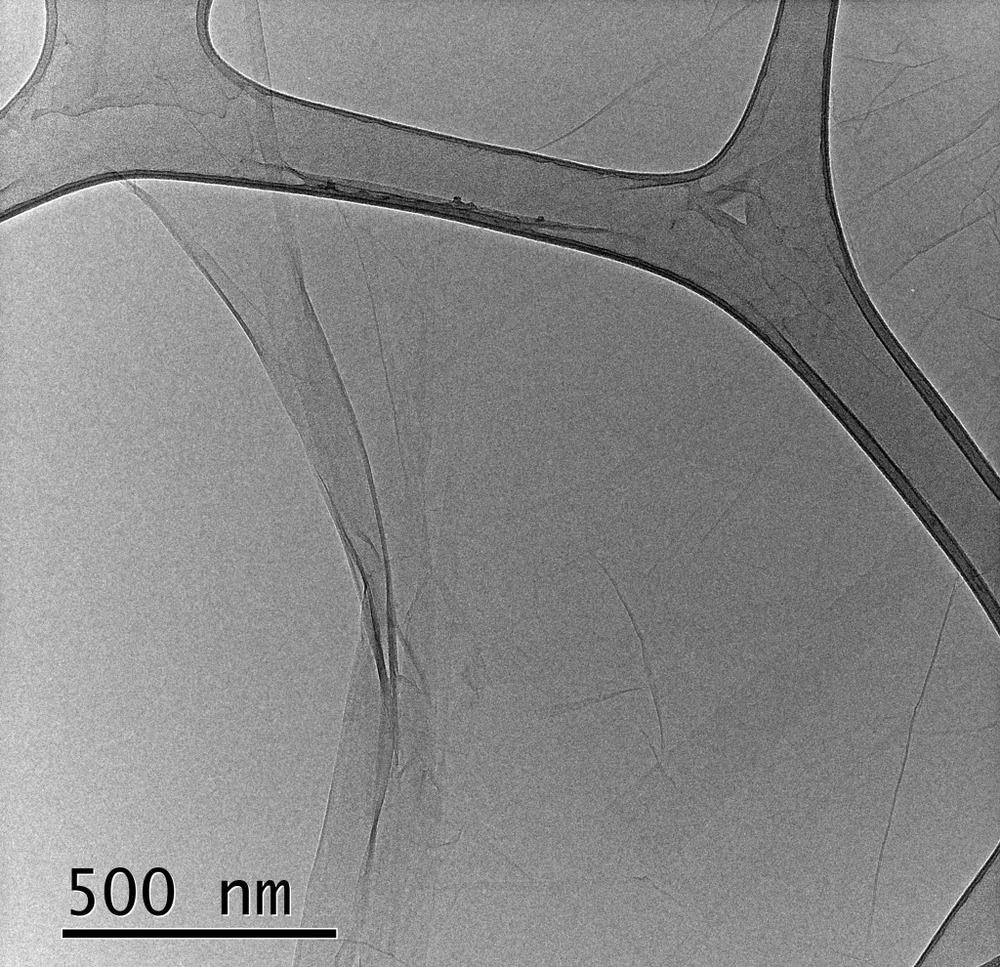Developments in the field of wearable medical sensors have expanded in recent years with the utilization of innovative technologies and advanced materials. Noninvasive, flexible sensors which can safely and efficiently monitor bodily fluids are a focus in current research and these devices have strict requirements for detection limit and sensitivity. Now, a paper published in Applied Nano Materials has presented research into developing sensors that can detect glucose from sweat using reduced graphene oxide (rGO).

Study: Reduced Graphene Oxide-Coated Silica Nanospheres as Flexible Enzymatic Biosensors for Detection of Glucose in Sweat. Image Credit: Daniel Ramirez-Gonzalez/Shutterstock.com
Monitoring Patient’s Glucose Levels
Glucose is a biologically important molecule that acts as an energy source for organisms. It is vital for cellular activities and contributes to several key chemical reactions in the human body. However, imbalances in glucose levels in the body cause harmful health consequences, most notably diabetes. The World Health Organization estimates that there are more than 420 million people worldwide who suffer from this disease.
Diabetes can lead to serious health problems, including renal failure, blindness, and cardiovascular disease if left untreated. Once diagnosed, individuals living with the disease must regulate their blood glucose levels via diet or drugs such as insulin and metformin and have a reduced quality of life. In severe cases, diabetes can be fatal, especially if patients do not have access to treatments. This disease is the 7th most common cause of fatalities in the United States.
To improve the quality of life for patients, early diagnosis and intervention is needed. Rapid, reliable, and accurate glucose detection and monitoring of glucose levels has received significant attention in the field of healthcare and medicine.
Detecting and Monitoring Glucose Levels
Despite recent advances, most blood glucose monitoring is still performed with fingertip blood sampling methods. Recently, electrochemical methods based on enzymes have attracted significant attention foe sensing the presence of glucose in patients due to their simple operation, high sensitivity, and improved selectivity. Wearable sensing and monitoring devices have been explored by researchers due to their painless and noninvasive nature.
More on Graphene Oxide: Organic Transformations of Catalyzed Graphene Oxide
When humans perspire, sweat is created. Sweat is mostly composed of water, and its main biological function is to cool the body through evaporation. Aside from cooling the body, sweat production can be stimulated by the fight-or-flight response. This bodily fluid contains many chemicals which indicate the overall health of the entire organism.
Bodily sweat is an attractive alternative to blood for the detection of glucose in patients, as studies have shown a correlation between levels of glucose in these two biological fluids. However, the levels of glucose in sweat are lower than the corresponding levels in blood, facilitating the need for highly-sensitive devices that can detect glucose in much lower concentrations.
Developing a Sensor for Glucose Levels in Sweat
To meet this requirement, the research published in Applied Nano Materials presented a novel sensor that could detect glucose in sweat and therefore facilitate early diagnosis and intervention for diabetes patients.
The device is a 3D flexible reduced graphene oxide (rGO) nanocomposite sensor. It was constructed by coating silicon dioxide nanospheres with graphene oxide nanosheets using electrostatic interaction. The graphene-oxide coated silicon dioxide was then reduced in situ using tannic acid, an environmentally friendly reducing agent, which produced the electroactive nanocomposite material.
SEM and TEM studies confirmed that the reduced graphene oxide layer was thinner and denser compared to graphene oxide, and it displayed tighter wrapping on the silicon dioxide surface. The diameter of its particles was approximately 541 nm. This formed a stable conductive network.
To create the 3D biosensors, the reduced graphene oxide/silicon dioxide nanocomposite was successively dropped onto a carbon nanotube and polydimethylsiloxane substrate along with glucose oxidase and Nafion solution. The design of the biosensor significantly increased the sensing and recognition sites by maximizing its specific surface area. The composite biosensor performed well, exhibiting a good range of glucose detection in sweat with high sensitivity and a low detection limit.
The novel 3D reduced graphene oxide/silicon dioxide biosensor performed better than its 2D counterparts, displaying significant improvements in stability and anti-interference performance. Additionally, it exhibited high degrees of accuracy over repeated use.
The Future
The team behind the research predicted that this novel biosensor will be used in future clinical analysis, adding an innovative sensing device to the toolkit clinicians have at their disposal for the detection of glucose in bodily fluids. This research paves the way for classes of wearable, non-invasive and pain-free sensors for the detection of a wide range of health problems in patients, improving early diagnosis and timely intervention.
Further Reading
Xu, M et al. (2021) Reduced Graphene Oxide-Coated Silica Nanospheres as Flexible Enzymatic Biosensors for Detection of Glucose in Sweat [online] pubs.acs.org. Available at: https://pubs.acs.org/doi/abs/10.1021/acsanm.1c02887
Disclaimer: The views expressed here are those of the author expressed in their private capacity and do not necessarily represent the views of AZoM.com Limited T/A AZoNetwork the owner and operator of this website. This disclaimer forms part of the Terms and conditions of use of this website.